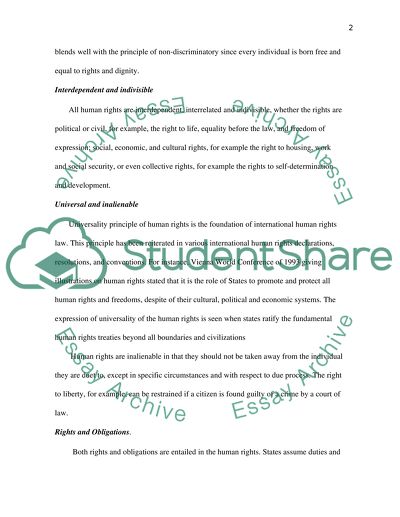Cite this document
(“International Human Rights Essay Example | Topics and Well Written Essays - 3750 words”, n.d.)
International Human Rights Essay Example | Topics and Well Written Essays - 3750 words. Retrieved from https://studentshare.org/law/1639797-international-human-rights
International Human Rights Essay Example | Topics and Well Written Essays - 3750 words. Retrieved from https://studentshare.org/law/1639797-international-human-rights
(International Human Rights Essay Example | Topics and Well Written Essays - 3750 Words)
International Human Rights Essay Example | Topics and Well Written Essays - 3750 Words. https://studentshare.org/law/1639797-international-human-rights.
International Human Rights Essay Example | Topics and Well Written Essays - 3750 Words. https://studentshare.org/law/1639797-international-human-rights.
“International Human Rights Essay Example | Topics and Well Written Essays - 3750 Words”, n.d. https://studentshare.org/law/1639797-international-human-rights.


